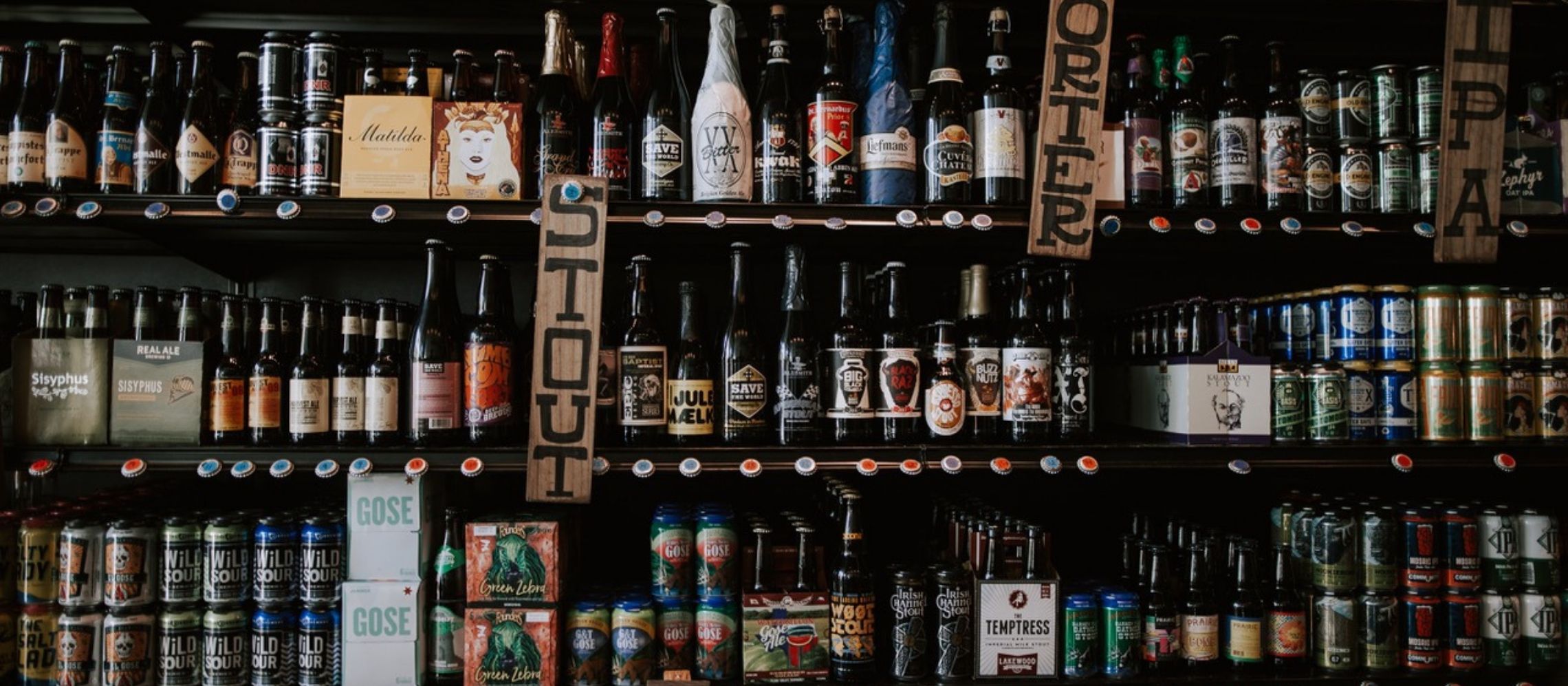Early Bird Deadline
30 November 2025
Judging
Date
23 March 2026
Winners Announcement
22 April 2026
30 November 2025
23 March 2026
22 April 2026

The 2nd Edition of the London Beer Competition, the only competition that judges quality alongside packaging and value, confirms that beer continues to drive quality, packaging and value.
With 35 styles judged, it also underlines the diversity of the beers available today, whilst the 124 medal awards reinforce the fact that the beer movement is championing the consumer experience around the world.
Gold Medal Winner – Brouwerij Van Steenberge, Belgium – Piraat Ale
Beer is the world’s oldest recorded recipe, found on 5,000-year-old Egyptian papyrus scrolls. Archaeology traces its history back even further with the discovery of beer residues in the remains of human occupation that are likely the result of naturally-occurring fermentation of cereals with wild yeasts, with brewing as we know it becoming more widespread when Man started farming cereals. In later times, Tacitus, the Roman writer, refers to the beer brewed by Germanic tribes (he was somewhat disparaging – he preferred wine). What we call ale today is essentially the same type of beer which continued to be drunk after the fall of the Roman empire and the name comes from the Old Saxon alo, (the Old Norse word ǫl, and the Middle Dutch ale, ael,).
Whilst we Brits tend to use the word ale “as another word for beer” (see Collins Concise English Dictionary), it’s actually a true statement because lager is beer too, although this catch-all does not satisfy the Campaign for Real Ale (CAMRA) which is more detailed in its description saying ‘real ales’ consist of bitters, milds, stouts, porters, barley wines, golden ales and old ales fermented in the vessel from which they are served and the carbonation has to be entirely natural, not forced.

This is a pretty tight, not to say rather restrictive, pub-oriented description (although CAMRA now has accreditation for real ale in a can [RAIC] as well as some kegs) because, in actual fact, any beer can be called an ale if it’s produced by top-cropping yeasts which form a thick yeast head in what is a quite short and vigorous brewing process that occurs at between 18° and 24°C. This is, of course, a very different process from brewing lager with its Bottom-cropping yeast, with lower temperature fermentation, and a long period of conditioning (in fact the word lager comes from the German for storage).
The debate today is not so much about ale itself – all ales are beers, but not all beers are ales – but about what constitutes a ‘real ale’ and whether a ‘craft’ beer or, more precisely, craft ale is any less ‘real’. In the ‘Red Corner’, as it was, as well as defining the fermentation vessel and the way it’s served, CAMRA also believes that a (well-kept) real ale will have all of the flavours that the brewer intended, unlike other “beers which lose something through filtration, carbonation or, worst of all, pasteurisation”. Meanwhile, in the ‘Blue Corner’, brewers of craft beers and ales argue that, within considerable stylistic diversity (every brewer can produce an ale that has something of the flavour profile of a lager, or vice versa), what defines their product is the delivery of great taste, regardless of what they call arbitrary rules and outdated distinctions. Craft beers and ales may be different in terms of their ‘delivery’, but, so the argument goes, they are every bit as real as a product that meets a definition written some 50 years ago in different circumstances and a different market dynamic.
CAMRA was formed to protect British beers from the mass market ‘dead’ ales of the 1960s and ‘70s (in fact, the first filtered and pasteurised keg beers were introduced in the early 1930s) and the somewhat ‘characterless’ lagers of the 1980s that were being produced by a number of big brewers, as well as to encourage traditional production methods. So, paradoxically, or not, it’s the fact that CAMRA’s laudable campaign has been so successful that’s really at the core of today’s growth in craft beer production with their range of products which, from both a consumer and brewer perspective, simply deliver the flavour-packed drink that was behind CAMRA’s original campaign. Indeed, it’s worth saying that CAMRA’s name originally st
good for the ‘Campaign for the Revitalisation of Ale’ and it’s their continuing opposition to the mass production of beer and the homogenisation of the British brewing industry that’s also at the heart of the craft brewing movement (it’s probably worth saying here that ‘real ale’ and ‘craft beer’ are marketing constructs – some might even say ploys – created by marketing people and it’s certainly true to say they’re not descriptions you’ll find in any dictionary).
This striving for quality and flavour by both sides has benefited the consumer enormously and chimes with growing interest in craft products (across all drinks sectors, not just brewing), and in the use of quality ingredients, their provenance, a sense of ‘locality’ and the brewer’s ethos and skills that go to make a product that satisfies consumer tastes. I’m also including ‘real ale’ in this craft description, because, to my mind, they have to be considered to be some of the original ‘craft’ beers, a view that research shows are held by consumers and one also expressed by the writers of the ‘2017/ 2018 Cask Report.’ It’s this that underlies the growth in both the ‘real ale’ and ‘craft beer (ale)’ sectors we’re seeing today, whereas there has been a general decline in mass-market beer consumption (in the USA as much as in the UK) and, according to the same Cask Report “there are signs that lager drinkers are increasingly migrating to the cask category”.
The figures for cask in the UK are certainly strong with 65% of pubs seeing cask sales grow in the last year, 21% of landlords reporting cask to be growing between 6 and 10%. Craft beers, with over 800 breweries represented by the Society of Independent Brewers (SIBA) in the UK, are growing in volume and number too. Interestingly, in SIBA’s 2018 Report 69% of members’ production is still in cask, with 44% from the keg, although this has increased from 27% in two years, with more than 20% of production brewed as bottled or canned beer.
In on-trade terms, the growth in beer sales, both cask and keg, also stimulates other on-trade business, with 35% of licensees seeing a growth in sales on the back of the rising popularity of cask (latest Cask Report). According to the latest SIBA Report, 45% of consumers say they’re happy to pay more for genuine craft beer, with 24% saying they’d be more likely to visit a pub or restaurant if it had a good selection of craft beers. There are some powerful off-trade figures, too, with 16% of consumers saying they’d be willing to switch supermarkets depending on its craft beer selection.
The future for ale is linked to satisfying consumer wants and needs – as it always has been. In that sense, and notwithstanding the growth of premium drinks products that are being seen in other sectors, the future for ales in general (ales and real ales and craft beer) is likely to remain pretty rosy for as long as brewers continue to meet the need for quality products that simply taste great.

The article is contributed by Alistair Morrell, Wine Inspector, wine industry consultant, journalist and, commentator. Over 30 years as a wine business professional, Alistair shares his global knowledge, network, and experience of growers, importers, distributors and buyers.
Show your beers where it matters. Get your products tasted by top buyers and experts at the London Competitions — enter now.